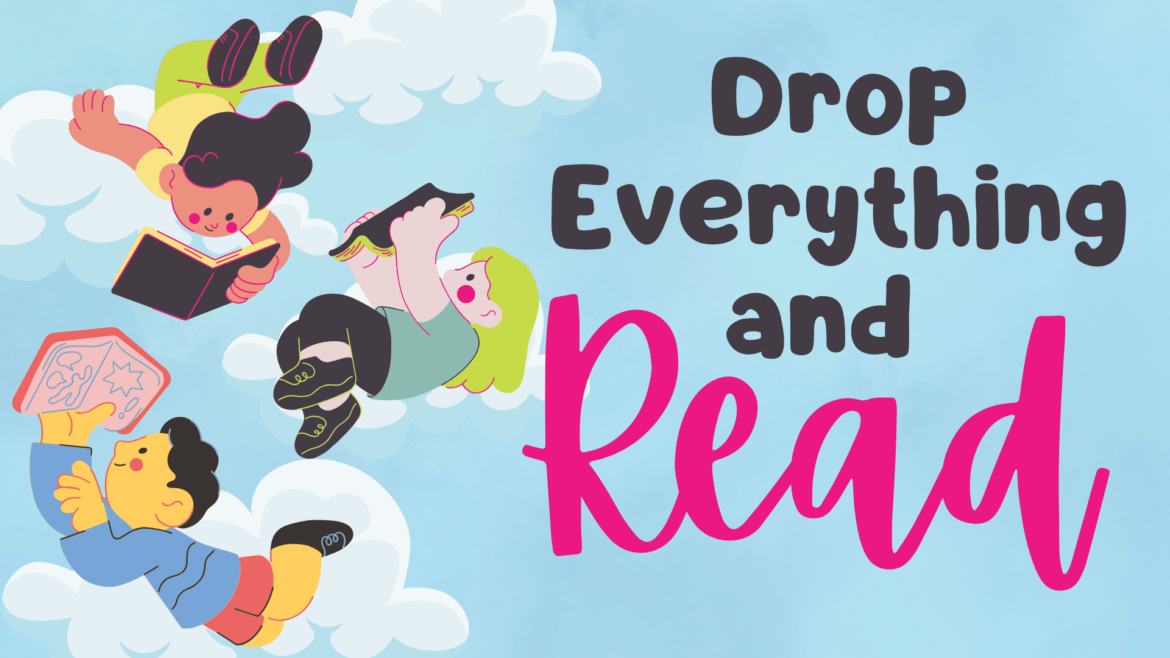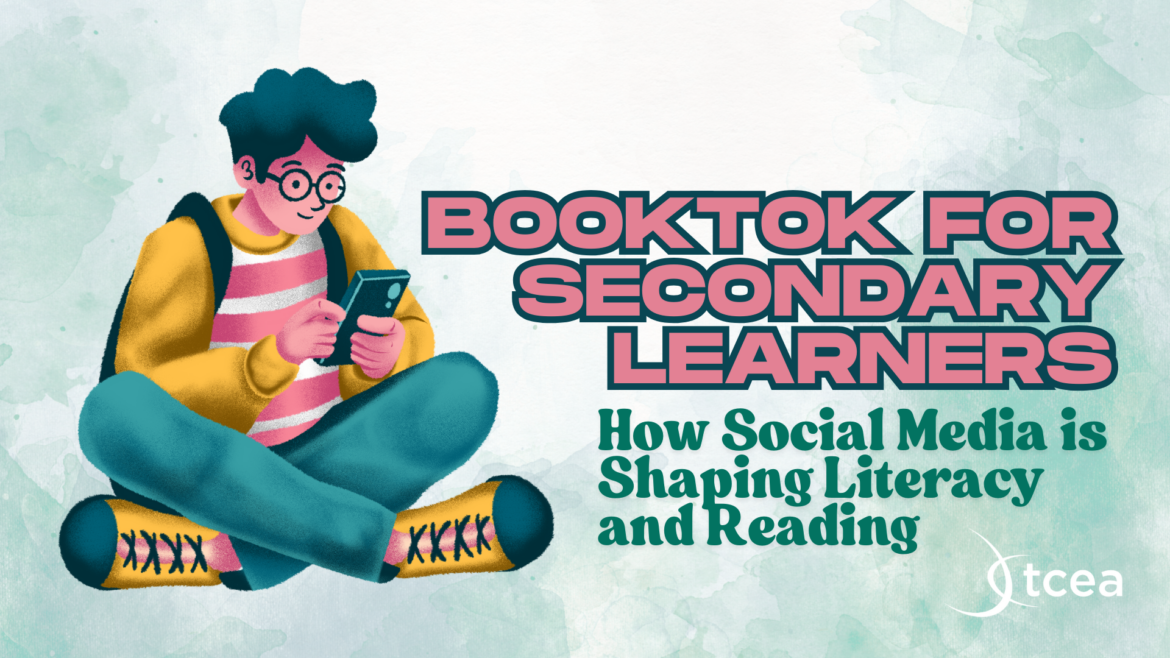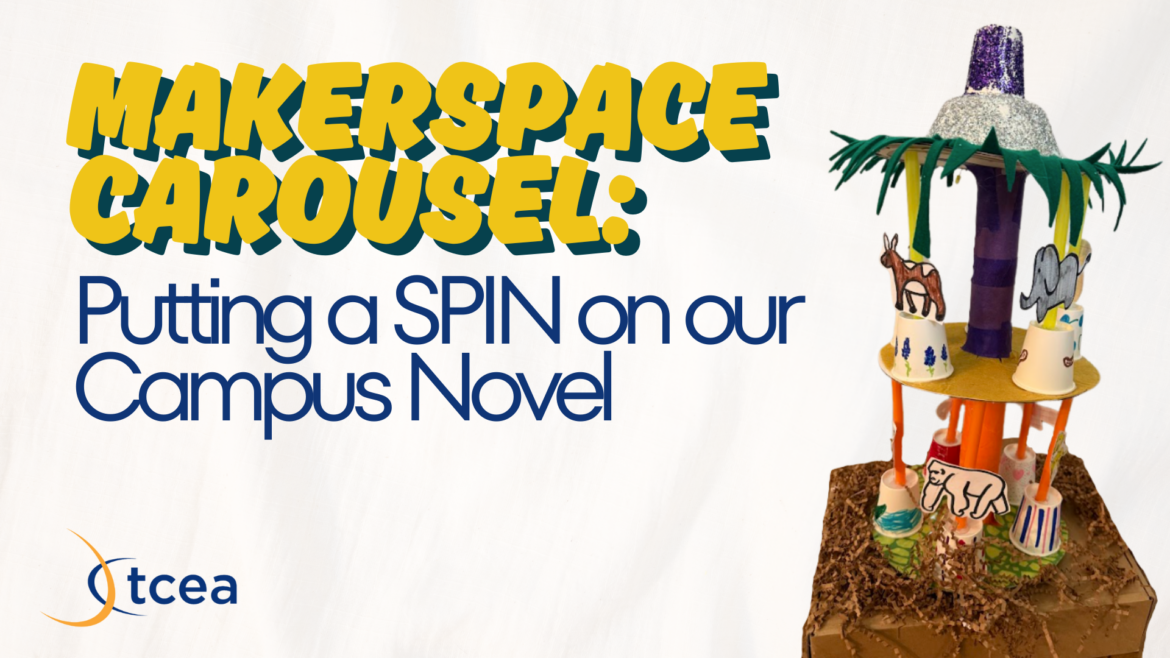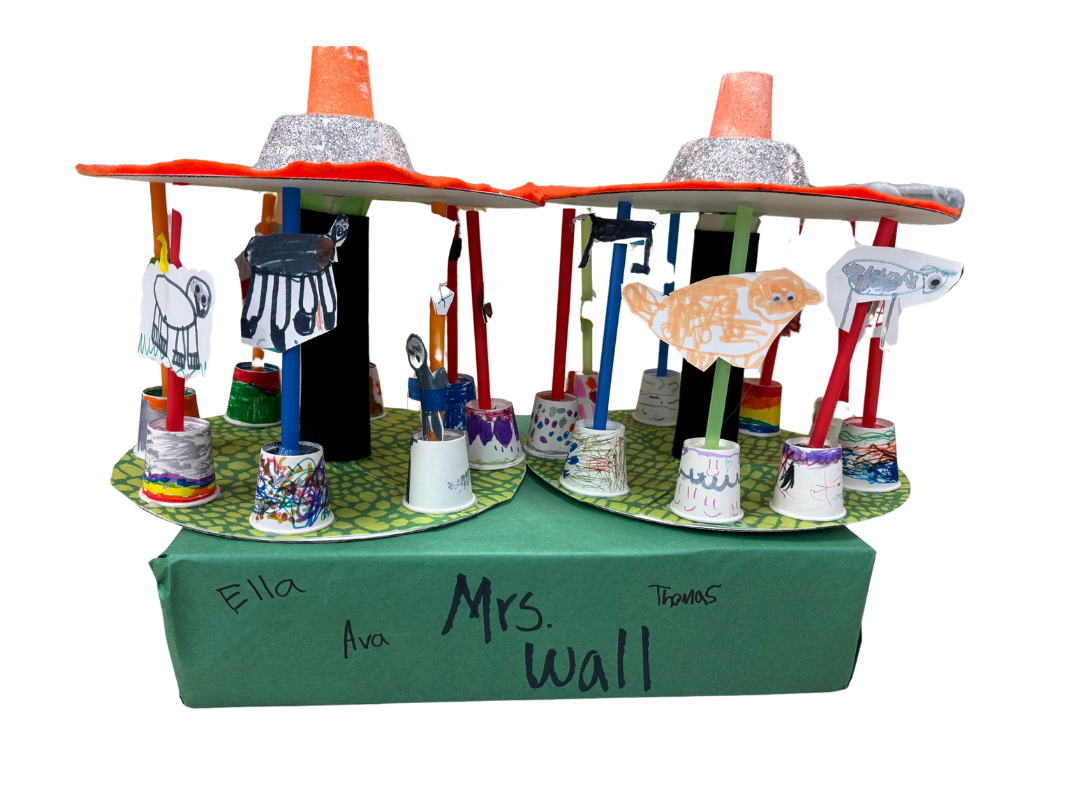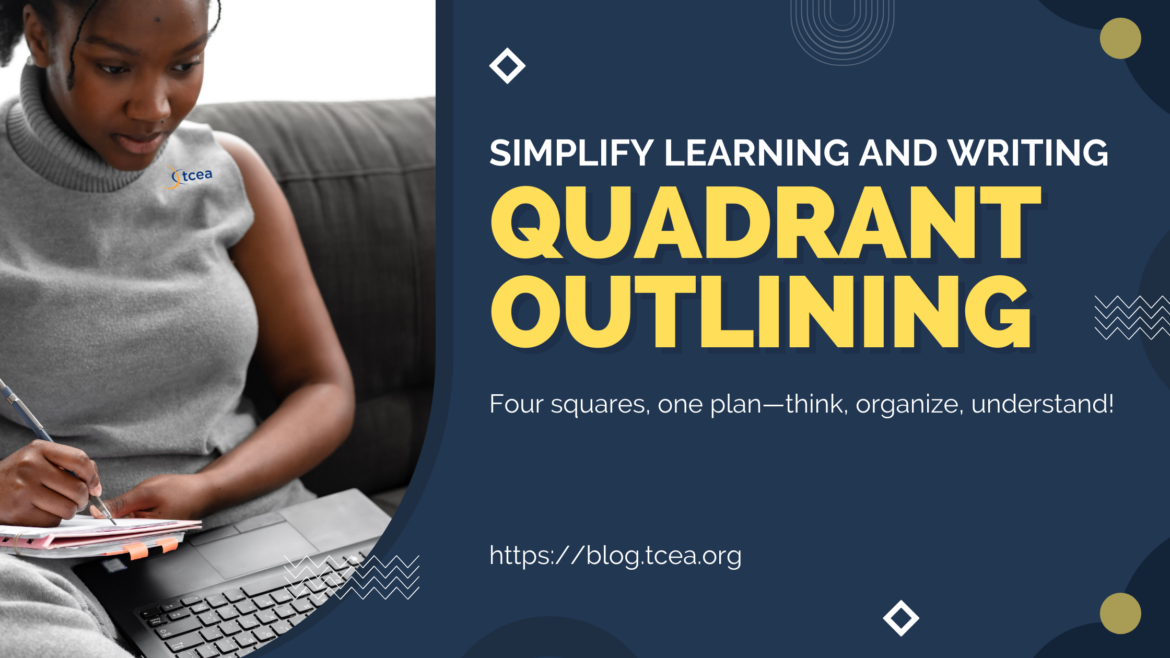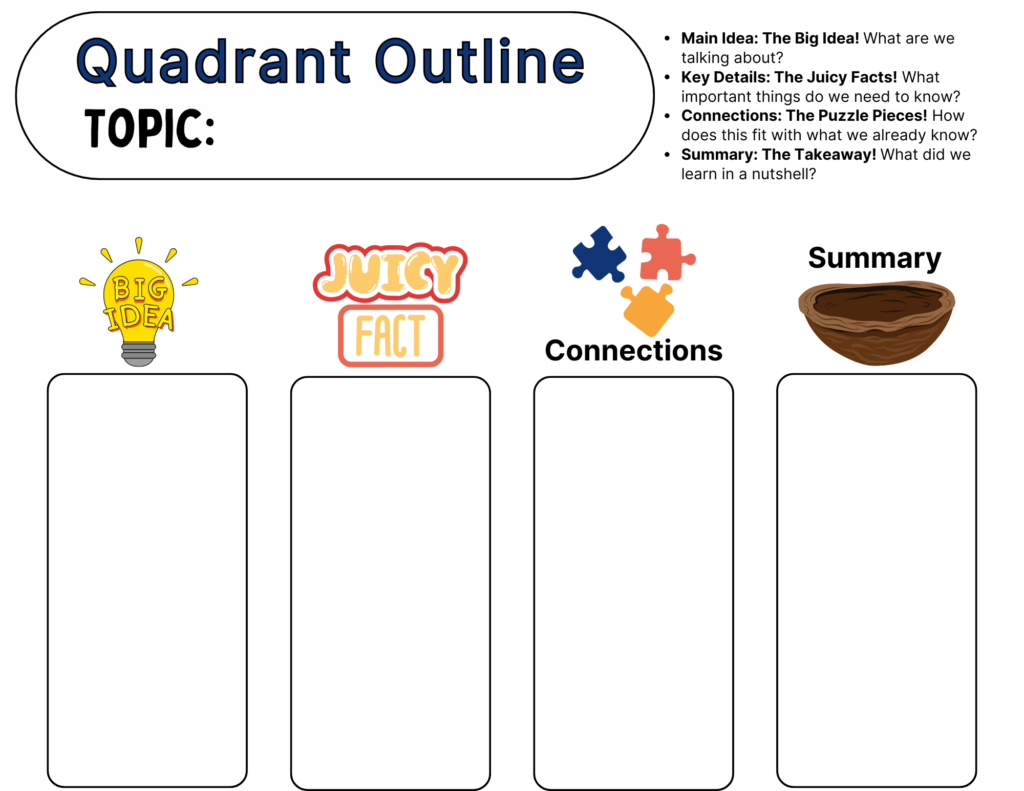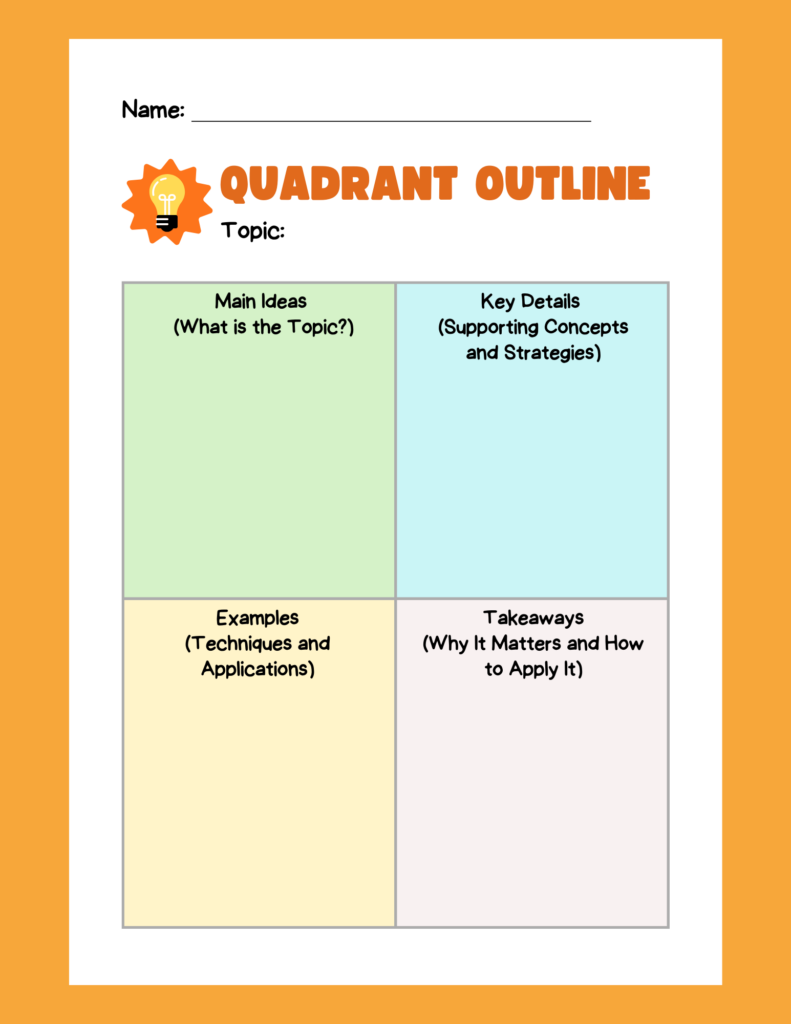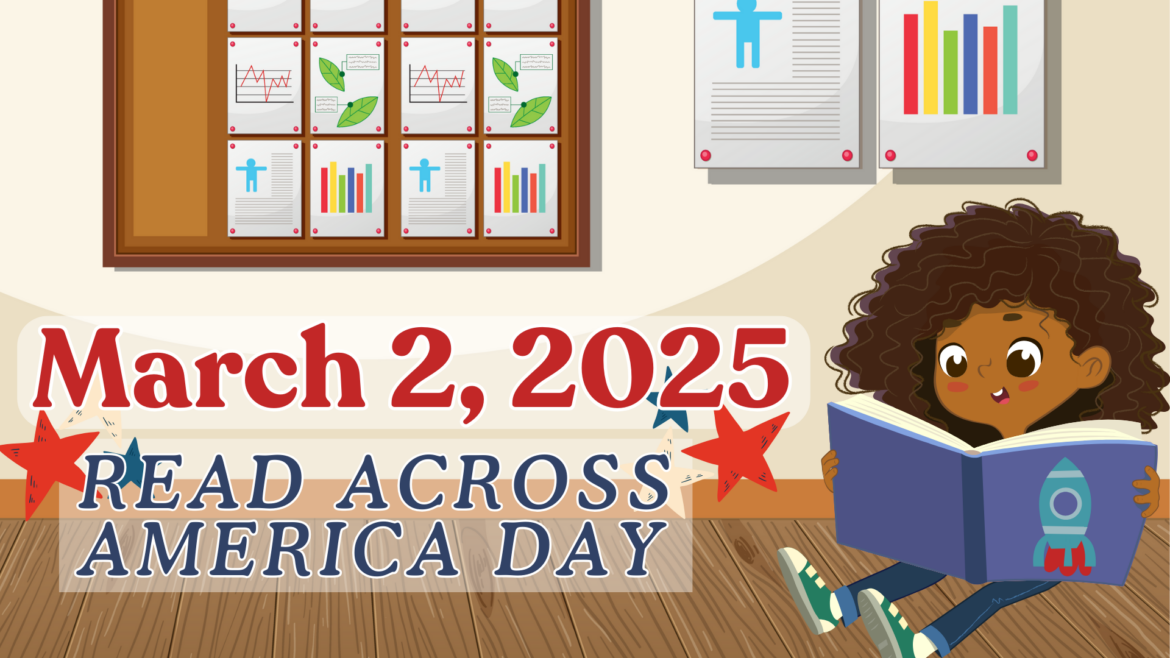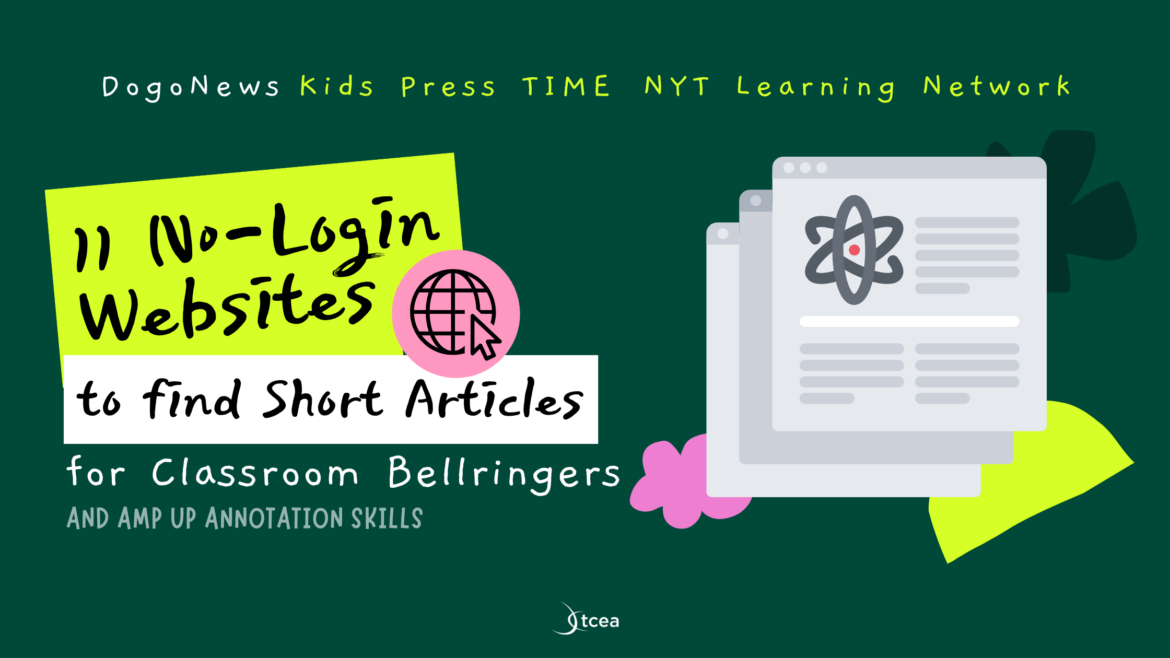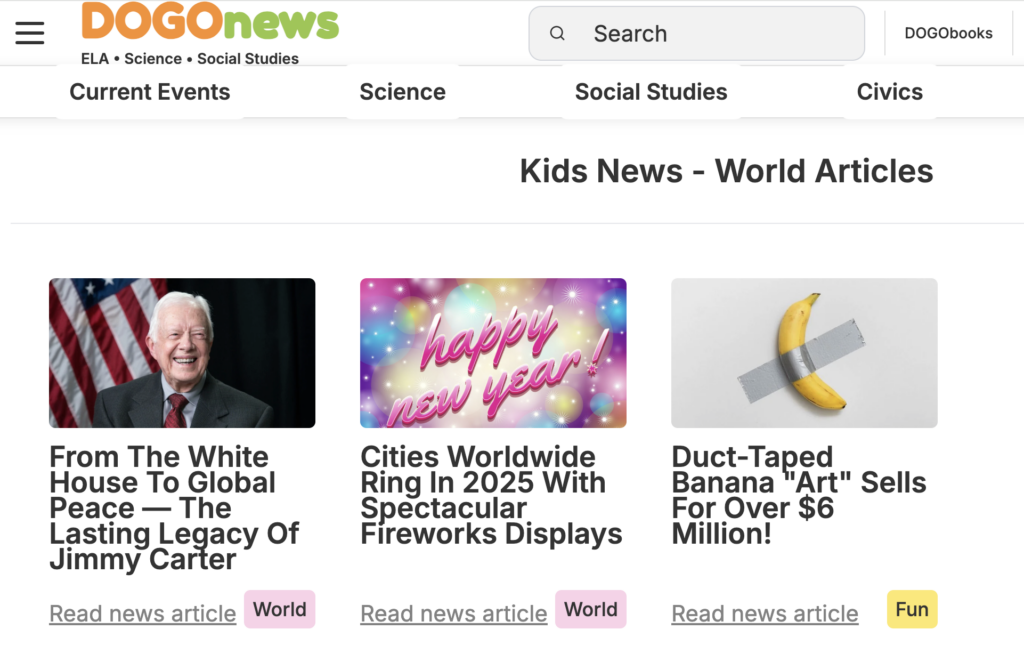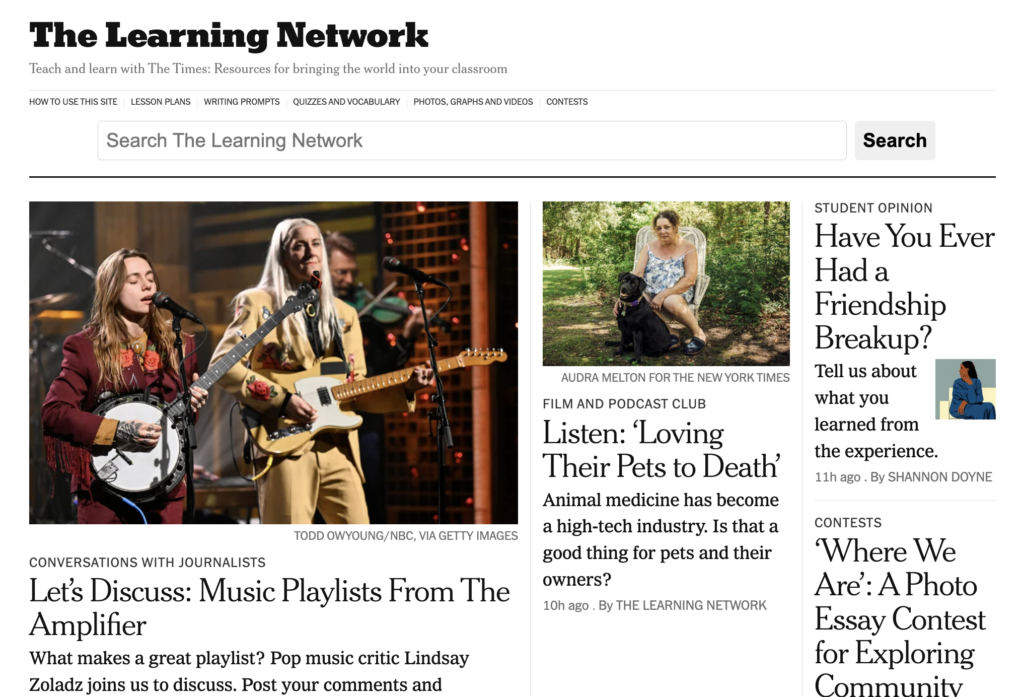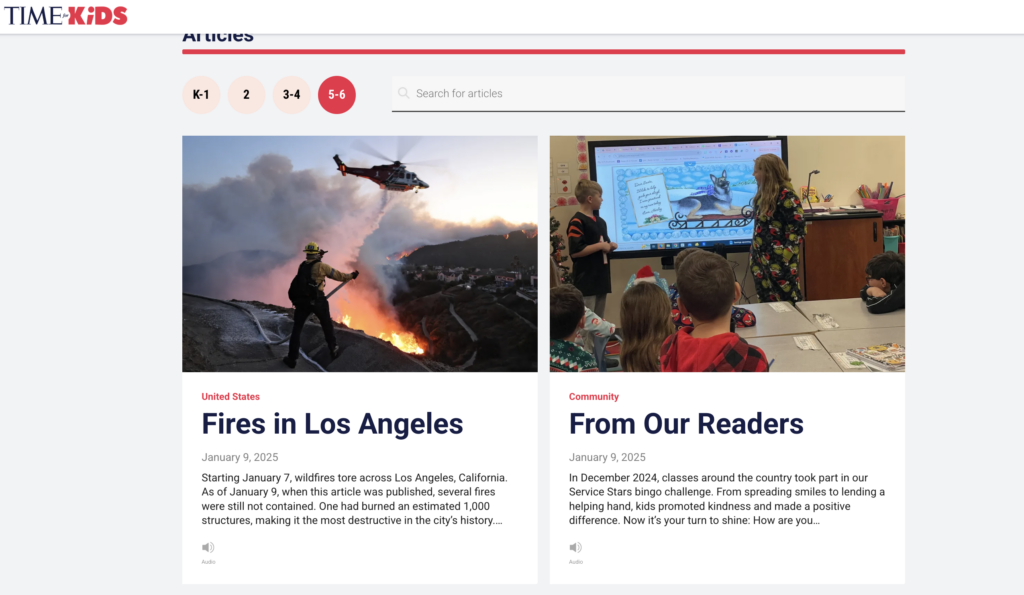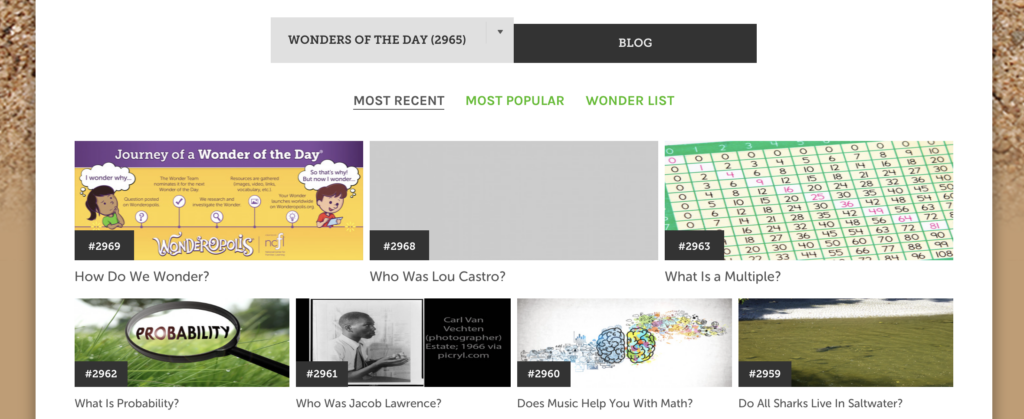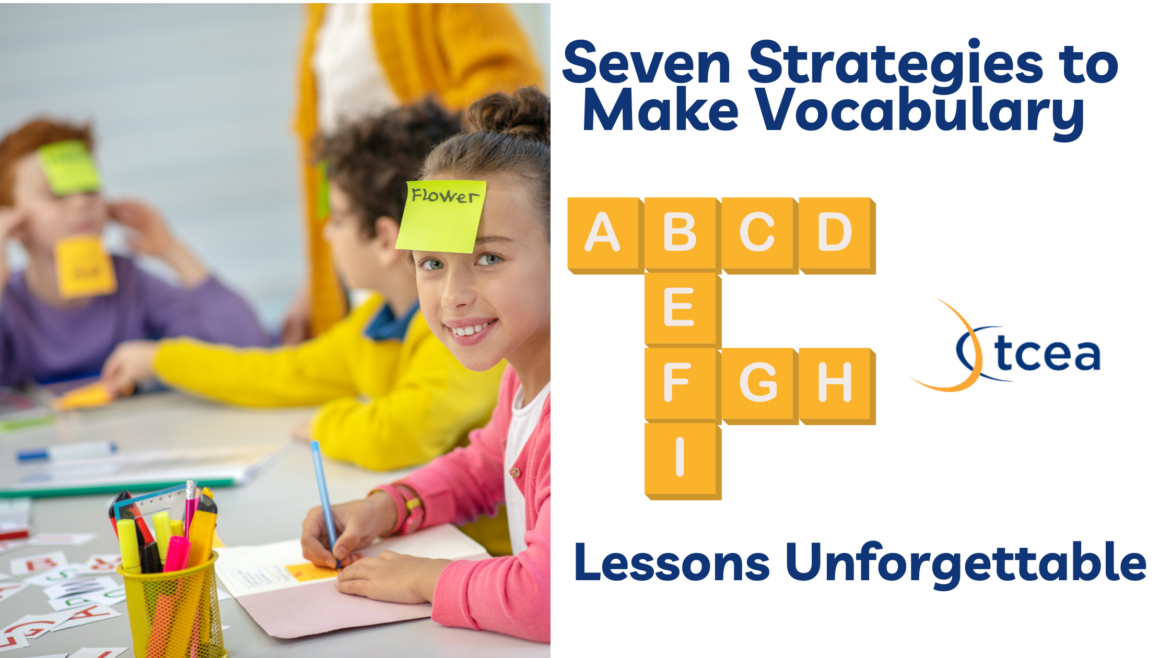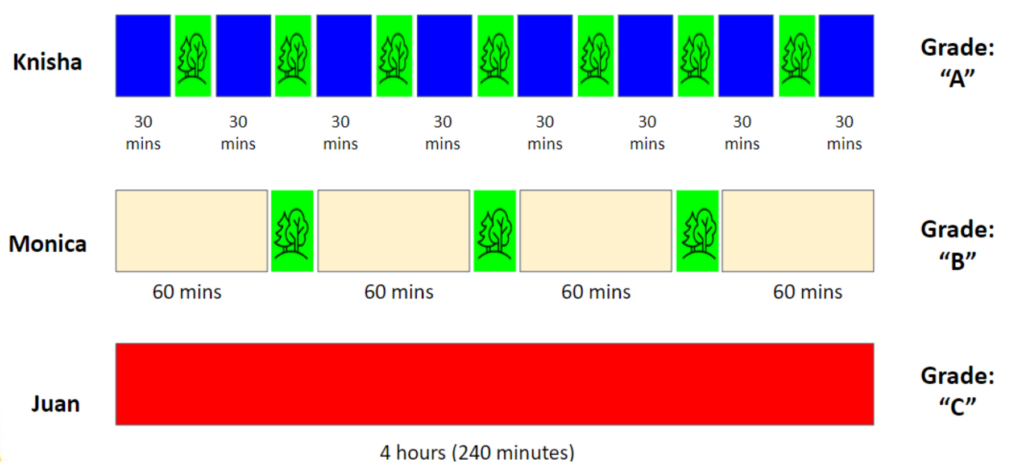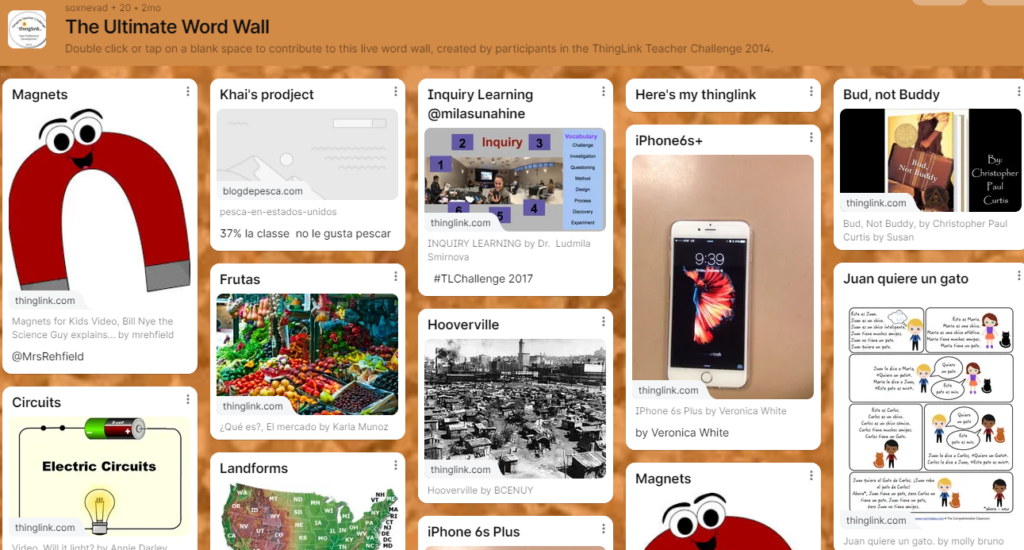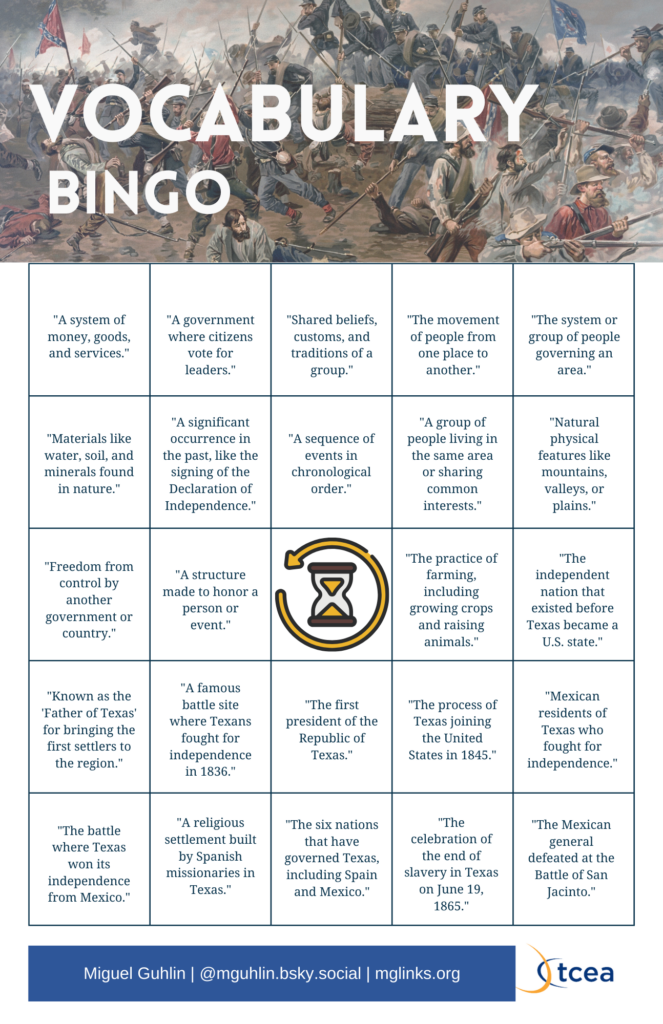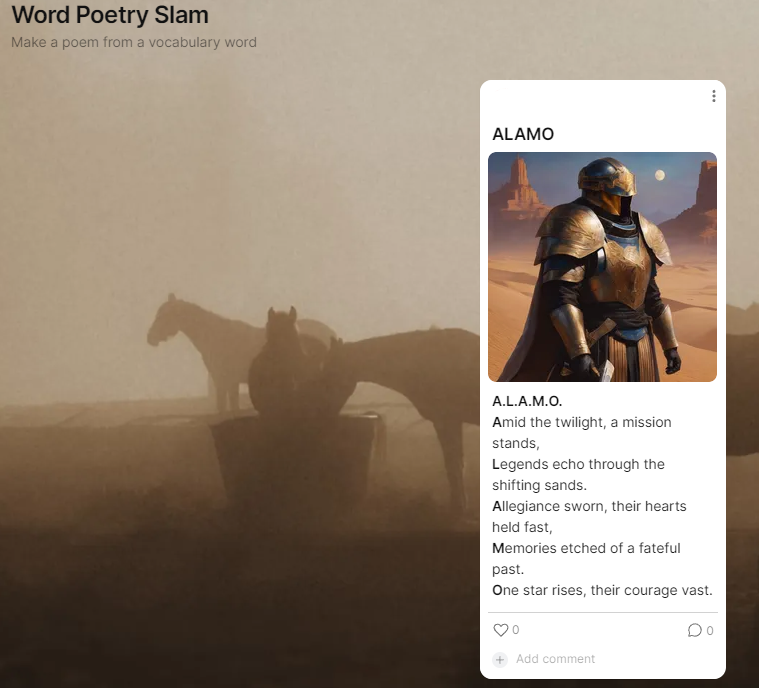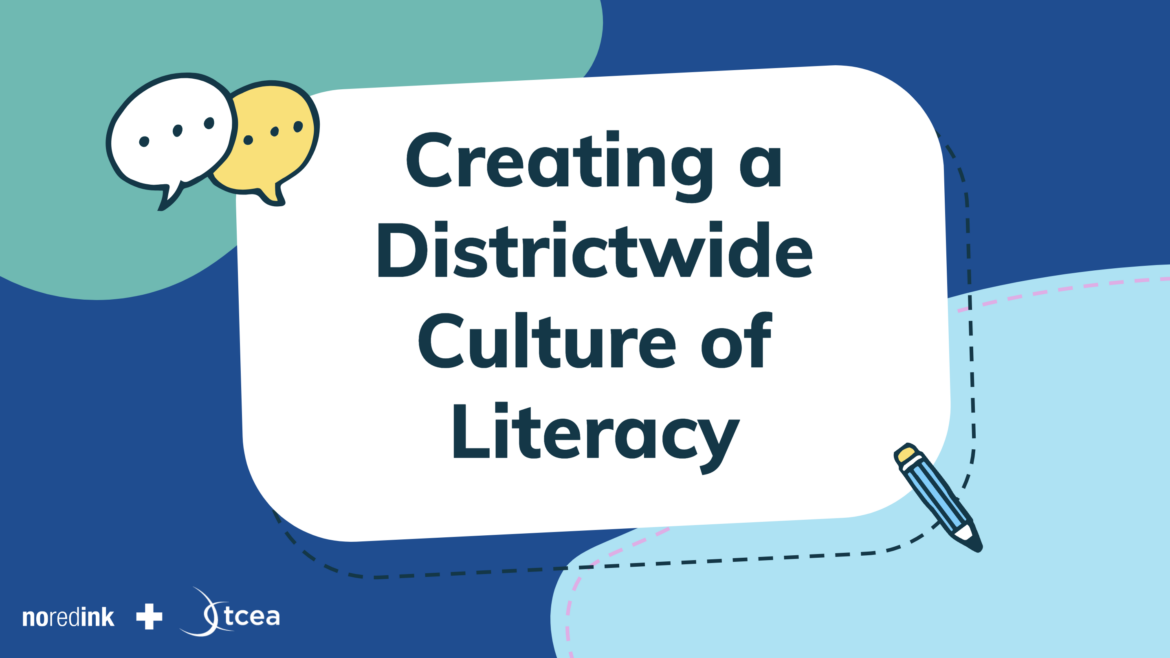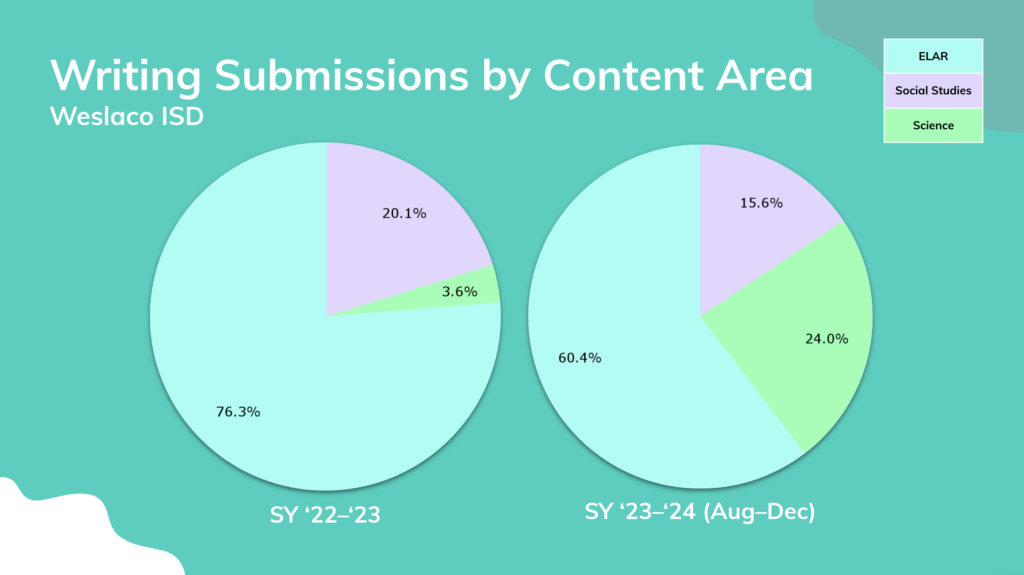Discover tools, strategies, and activities for teaching reading. Explore resources to inspire a love of literacy and enhance student learning.
With another school year behind you, take a moment to acknowledge what you’ve accomplished. You navigated challenges, celebrated student victories, adapted to changes, and poured your heart into your classroom day after day. And you most likely did this while neglecting yourself because you were busy giving your all to your students. You’ve earned more than just this summer break—you’ve earned the right to prioritize yourself. Take a moment to explore our recommended books for teachers and pick out your next summer read!
Permission to Put Yourself First

In a profession where giving comes naturally, taking time for yourself can feel foreign, even selfish. But here’s the truth: you cannot pour from an empty cup. Self-care isn’t just beneficial—it’s essential. And one of the most accessible, enjoyable forms of self-care? Getting lost in a good book. Can I get an amen?!
I’ll be honest—I’m already deep into my own summer reading adventures. I’ve finished The Mystery of the Blue Train by Agatha Christie and Beartown by Fredrik Backman, and I’m currently juggling Ice Blonde by Elaine Viets and Then She Was Gone by Lisa Jewell. Pure escapism at its finest, and exactly what my educator brain needed to reset and recharge for the summer.
Reading for pleasure does more than entertain. It reduces stress, improves empathy, enhances creativity, and provides the mental escape that allows your mind to recharge. When you read purely for enjoyment, you’re not lesson planning, not analyzing data, not solving problems—you’re simply being present with a story.
TCEA Community Members Share Their Favorites
Your fellow TCEA community members from our Elementary Educators, Secondary Educators, and Librarians and Media Specialists groups understand the need for pure, unadulterated reading enjoyment. They’ve curated recommendations that have nothing to do with improving your teaching practice or understanding classroom management—these are books chosen solely because they’re captivating, entertaining, and impossible to put down.
From historical fiction that sweeps you into different eras, to thrillers that keep you guessing, to romances that make you believe in happy endings, to fantasy worlds that spark imagination—there’s something here for every mood and preference. Want to save these recommendations for later? You can view and print a PDF version of this reading list here.
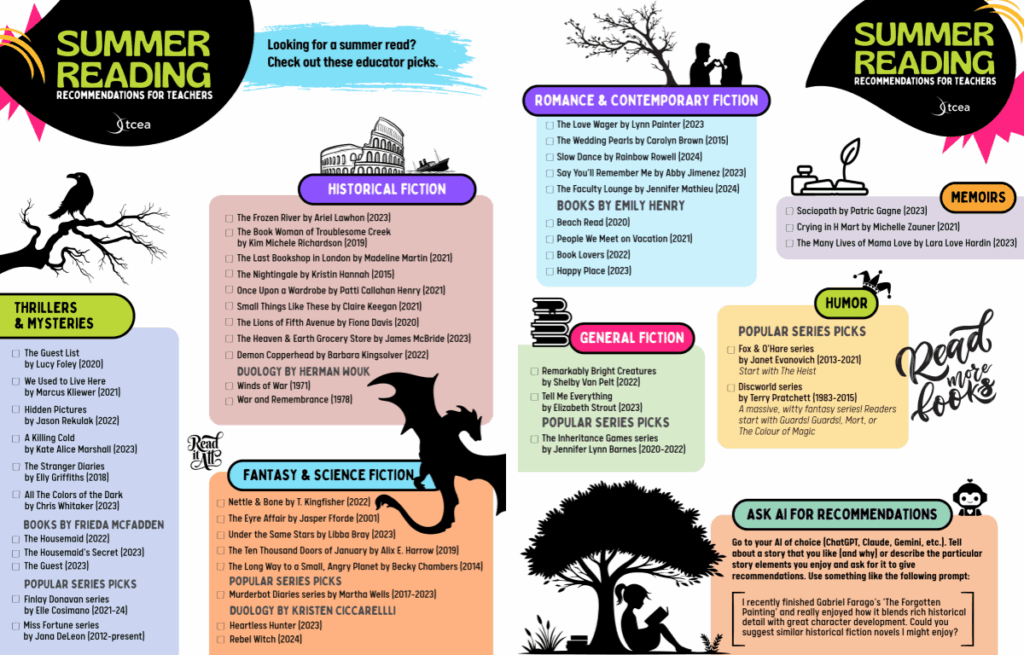
Making Summer Reading Happen

As you look at these recommendations, remember:
- Start with what genuinely interests you
- There’s no pressure to finish everything (or anything)
- Audio books count—perfect for walks, commutes, or household tasks
- Library cards are your friend for budget-friendly options
- Reading apps make it easy to pick up where you left off
Set an intention, not a rigid goal. Maybe it’s “I’ll read for 20 minutes each morning” or “I’ll finish one book this summer” or simply “I’ll rediscover the joy of reading for fun.”
Now It’s Your Turn

What’s calling you from this list? What genres have you been curious about but never had time to explore?
We’d love to hear about your favorite page-turners too! Share a favorite author and title in the comments—and tell us why you loved the book. Your recommendation might be exactly what a fellow educator needs for their perfect summer escape.
These recommendations are just the beginning of what our TCEA community groups have to offer. Throughout the year, educators in our Elementary Educators, Secondary Educators, and Librarians and Media Specialists communities share ideas, tips, tricks, and suggestions with like-minded colleagues. Whether you’re looking for the next great addition to your personal reading list or seeking a clever activity to better engage your students on a particular topic, these communities are here to support you year-round.
Join the conversation, share your summer reading plans, and connect with educators who understand both the challenges and joys of our profession.
You’ve spent the year nurturing minds and hearts. This summer, nurture your own.
Happy reading!


